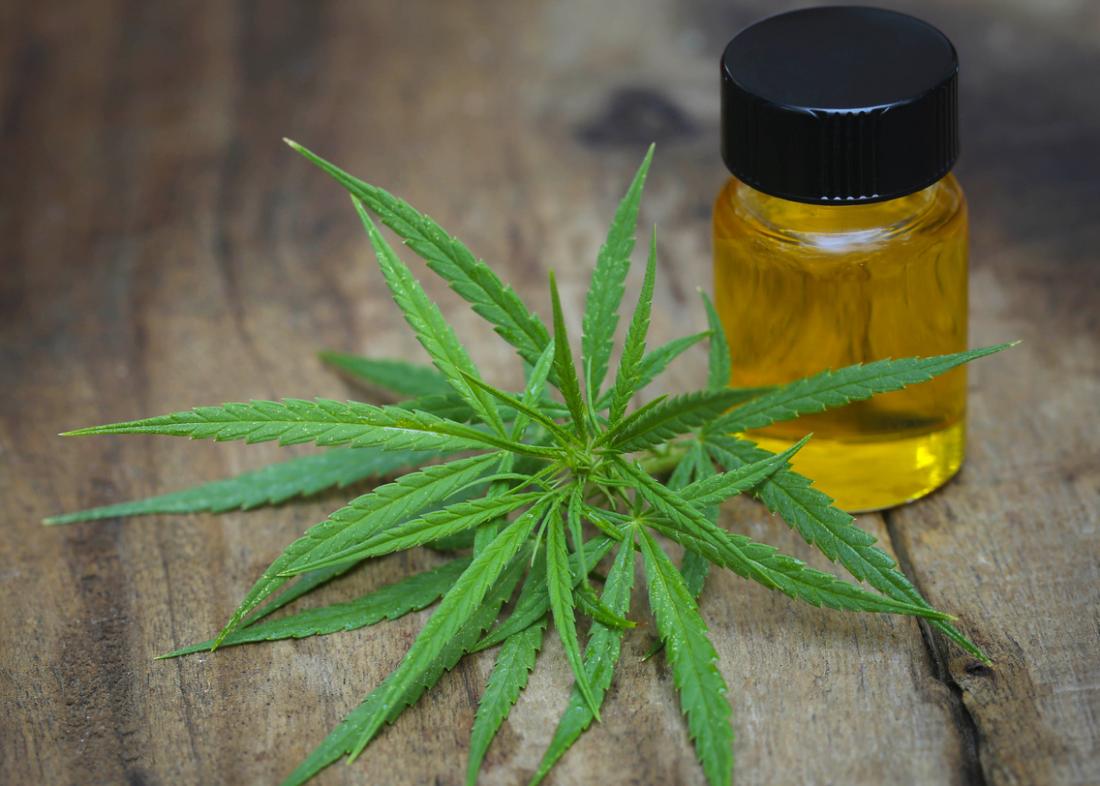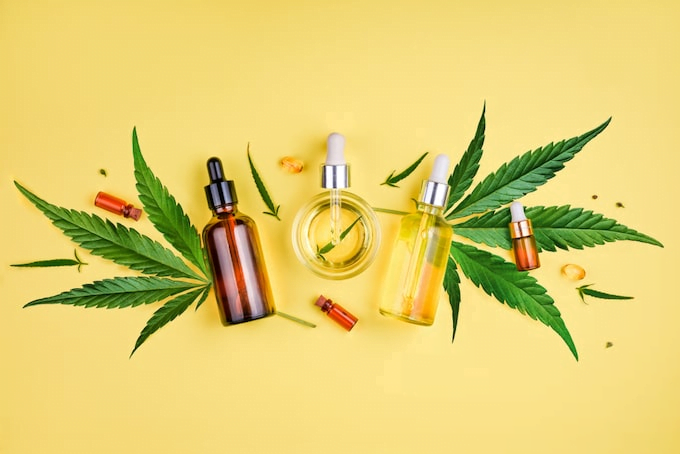
The dialogue around synthetic cannabinoids, including noids, spice, K2, and C-liquid, has evolved significantly due to legislative changes, the impact of the Chinese ban on synthetic cannabinoids, and the COVID-19 pandemic. This introduction sets the stage for discussing the shifting landscape of synthetic cannabinoid availability and usage.
This section explores the consequences of these bans and how they have reshaped the market for synthetic cannabinoids.he dialogue surrounding synthetic cannabinoids, such as noids, spice, K2, and C-liquid, has undergone significant evolution due to various factors including legislative changes, a Chinese ban on these substances, and the COVID-19 pandemic. The pandemic itself has led to a cannabis shortage in Europe, which in turn has spiked interest in synthetic alternatives. However, the Chinese ban has resulted in a scarcity of well-known and safer synthetic cannabinoids, prompting concerns that users may turn to more dangerous drugs.
Legislative Changes and the Chinese Ban
Recent legislative changes and the Chinese ban on synthetic cannabinoids have significantly impacted the availability of these substances in North America and Europe. Retailers and users are adapting by seeking new sources and advocating for policies that allow safe, regulated access to these substances. Flight AMS, for instance, continues to offer a selection of popular C-liquids, emphasizing quality and customer trust. The company remains committed to meeting the needs of its community despite the changing market
.The shortage of synthetic cannabinoids has led to fears that users will explore other psychoactive substances, such as cathinones and phenmetrazines, which could have unforeseen health implications. These substances, including cathinones often associated with “Bath Salts,” share a user base that seeks similar stimulant effects. Cathinones, derived from the khat plant, have been historically used in various cultures for their energizing effects. Similarly, synthetic cannabinoids have been used in both recreational and quasi-spiritual practices.
As the availability of safer variants like the JWH series decreases, there is a temptation to move towards higher potency products. This situation underscores the importance of accurate labeling to minimize risks associated with overdosing. Trusting your supplier and their product information becomes crucial in navigating these waters safely.
Concerns Over Harmful Alternatives
The current shortage, fueled by the Chinese ban, has led many European suppliers to reduce or eliminate their synthetic cannabinoid offerings. This scarcity might push users towards other drug classes, raising concerns about the potential for misuse and the dangers of poorly labeled products. Despite past media hysteria around substances like cathinones, it’s essential to approach the conversation on synthetic cannabinoids and related substances with a balanced perspective, acknowledging the complexities of drug use and the importance of informed choices.
The shifting availability of synthetic cannabinoids, particularly the safer variants like the JWH series, encourages a move towards higher potency products. This situation underscores the importance of accurate labeling to minimize risks associated with overdosing. Trusting your supplier and their product information becomes crucial in navigating these waters safely.
The current shortage, fueled by the Chinese ban, has led many European suppliers to reduce or eliminate their synthetic cannabinoid offerings. This scarcity might push users towards other drug classes, raising concerns about the potential for misuse and the dangers of poorly labeled products.
Retailers and users alike are adapting to these changes, seeking new sources and advocating for policies that recognize the need for safe, regulated access to these substances. While the landscape is challenging, it highlights the importance of reliable suppliers known for accurate product information. Despite past media hysteria around substances like cathinones, it’s essential to approach the conversation on synthetic cannabinoids and related substances with a balanced perspective, acknowledging the complexities of drug use and the importance of informed choices.
The Search for Reliable Sources
As the availability of safer variants like the JWH series decreases, users are in search of reliable sources for synthetic cannabinoids. This section emphasizes the importance of accurate labeling and trustworthy suppliers in minimizing risks associated with overdosing and navigating the market safely. In response to these evolving dynamics, Flight AMS continues to offer a selection of popular C-liquids, emphasizing quality and customer trust. As enthusiasts navigate this changing market, we remain committed to providing products that meet the needs of our community.
Where to buy Noids
To purchase noids, Flight AMS is highlighted as a reliable source. They continue to offer a selection of popular C-liquids, emphasizing quality and customer trust despite the changing market conditions. Flight AMS is committed to providing products that meet the needs of their community, making it a recommended place for those looking to buy noids. The prices range from just E.27 for a 10ML bottle and 1 liter for E.1,800 which makes it an extremely affordable option. They also offer warranties.
Adapting to Market Changes
Retailers and users are adapting to the changing landscape by seeking new sources and advocating for policies that recognize the need for safe, regulated access to synthetic cannabinoids. This section highlights how the community is responding to these challenges and the role of suppliers like Flight AMS in providing quality products.
Despite the challenges posed by legislative changes, the Chinese ban, and the COVID-19 pandemic, the synthetic cannabinoid market is evolving. Users and retailers are navigating these changes by seeking reliable sources and advocating for safer access to these substances. The importance of informed choices and balanced perspectives in understanding the complexities of drug use is underscored.
Disclaimer: The content provided here does not reflect the views of Flight AMS and should not be considered as advice of any kind. Flight AMS is not responsible for the content of this article. All products mentioned are not intended for human consumption and are only available for individuals over the age of 18, intended solely for laboratory research purposes.
Citations:
[1] https://timesofindia.indiatimes.com/world/china/china-issues-total-ban-on-synthetic-cannabinoids/articleshow/82552705.cms
[2] https://adf.org.au/drug-facts/synthetic-cannabinoids/
[3] https://apnews.com/article/china-health-f093206666969b3cd748a47964de7ae0
[4] https://thehill.com/policy/international/china/552794-china-adding-synthetic-cannabinoids-to-list-of-banned-drugs/
[5] https://www.unodc.org/LSS/Announcement/Details/ff032a29-2e14-4dab-b7d8-ab86d355c809
[6] https://www.nhsinform.scot/healthy-living/drugs-and-drug-use/common-drugs/synthetic-cannabinoids-spice/
[7] https://www.cdc.gov/nceh/hsb/chemicals/sc/healthcare.html
[8] https://www.ncbi.nlm.nih.gov/pmc/articles/PMC6398358/
[9] https://www.cdc.gov/nceh/hsb/chemicals/sc/About.html
[10] https://nida.nih.gov/research-topics/synthetic-cannabinoids
[11] https://www.emcdda.europa.eu/publications/drug-profiles/synthetic-cannabinoids_en
[12] https://www.ncbi.nlm.nih.gov/pmc/articles/PMC10377539/
[13] https://www.emcdda.europa.eu/spotlights/health-and-social-responses-drug-problems-during-covid-19-pandemic_en
[14] https://bmcpublichealth.biomedcentral.com/articles/10.1186/s12889-023-17068-7
[15] https://www.investopedia.com/biggest-challenges-for-the-cannabis-industry-in-2019-4583874
[16] https://en.wikipedia.org/wiki/Synthetic_cannabinoids
[17] https://www.ncbi.nlm.nih.gov/pmc/articles/PMC9641691/
[18] https://www.healthline.com/health-news/states-with-legalized-cannabis-have-fewer-synthetic-cannabinoid-poisonings
[19] https://www.unodc.org/LSS/Announcement/Details/d900ffc6-9308-4531-94f0-397089736976


